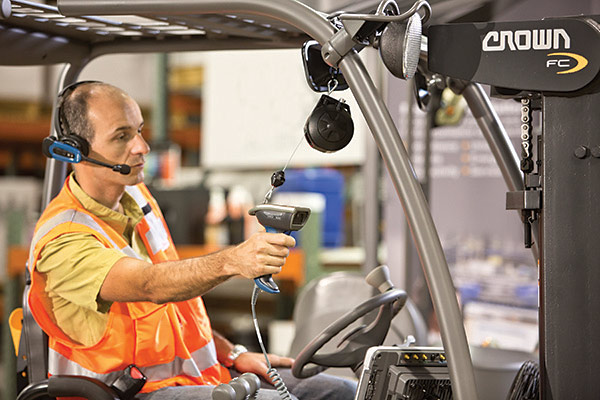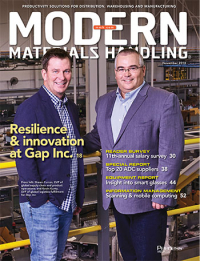Scanning and mobile computing: More data, fewer headaches
As more information is captured at more points throughout the DC and supply chain, users and providers of scanning technology are reimagining how best to make sense of a data-dense world.
The modern supply chain is data hungry. To feed it with ever more detailed information, the scanning and mobile computing hardware for capturing data has had to enhance its abilities: capability, portability, versatility and—most important to many new adopters—affordability. To connect more devices in more places in real time, software and analytics applications are tasked with processing complex data streams into actionable information.
For businesses large and small, the potential for transformation extends well beyond the four walls. Bruce Stubbs, director of supply chain marketing at Honeywell Safety and Productivity Solutions, says holistic scanning and mobile computing solutions provide visibility across the DC, as well as upstream to manufacturers and downstream to customers.
“They’re tying in data from raw material to the end user, while monitoring and controlling the impact of decisions along the way. Having visibility in real time is very valuable,” Stubbs says. “That’s why data is on the brink of becoming the new currency.”
Eyes on the prize
Since the 1950s, lasers have done a fine job scanning one-dimensional bar codes. But, that’s about all they can do. Bryan Sellars, national product manager of presence detection for SICK, says an accelerating migration toward image capture and vision-based bar code reading offers significantly greater functionality. Concurrently, greater adoption of two-dimensional (2D) bar codes, which can encode more information in a smaller printed area and do not require consistent orientation, is underway.
Driving both trends, Sellars says, is the operational intelligence that image-based scanning and 2D bar codes provide. With laser-based scanning of one-dimensional bar codes, the only data collected is whether a code was properly read or not. If the trigger sensor went off but didn’t read, maybe a label is missing or the laser was looking for chocolate when presented with vanilla, but Sellars says the binary pass/fail feedback doesn’t lend itself to a quick and effective diagnosis.
“With image-based scanning you know something went wrong, and you also know why,” he says. “You can look at an image and see the label wasn’t there, or folded back on itself, or that ink is low. You want to know that so you can quickly make the proper adjustments. As we continue down the path of Industry 4.0, I think we will see more desire to get that information.”
Industry 4.0 is an expansive concept, but it shouldn’t be intimidating. The solution could be something as simple as a photo eye that can monitor its own dirtiness and request a cleaning. That’s Industry 4.0, Sellars says, because it goes beyond ones and zeroes to the realm of situational awareness. Decentralizing this sort of awareness is another element of Industry 4.0, where logic is distributed instead of burdening the programmable logic controller (PLC) with all the data about whether a camera is dirty. The camera is taking care of that on its own, adjusting its parameters as less overall light is detected, and immediately reverting back to initial settings after a cleaning.
“Sensors have been able to do this for years, it’s just that now it’s becoming part of the larger data exchange,” Sellars says. “I hear customers say, ‘We don’t use Industry 4.0.’ Yeah, you do. You’re already right in the thick of it. You might not be doing everything you could with it, but it’s there.”
And, it’s spreading. The Tier 1 companies that are doing everything they can have moved through multiple generations of scanning, edge computing and Industry 4.0-style analytics. The big push now, according to Honeywell’s Stubbs, is adoption among small- and medium-sized businesses (SMBs).
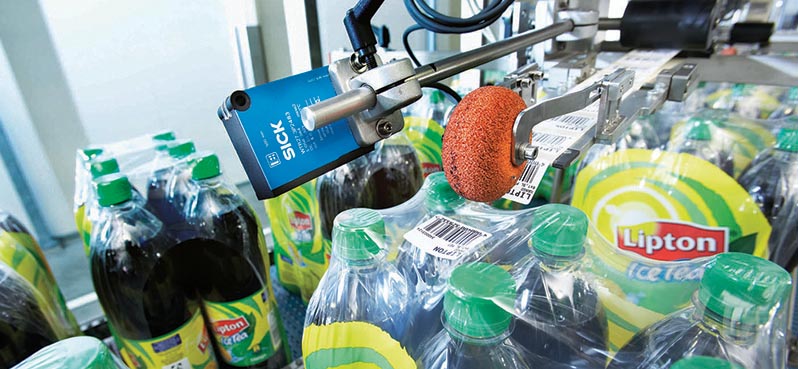
Traceability of ones and zeroes is great, but the latest scanners can capture image-based data about the quality of the product and the process.
For large, complex DCs with heavy automation, the software to drive processes, workflows and tasks in that environment is overkill for many SMBs. Now some vendors provide solutions for only that sector, Stubbs says, and even the larger software players have developed more scalable versions.
The technologies being developed and deployed are very repeatable for the SMB space, Stubbs says. The combination of warehouse management software with warehouse execution and/or warehouse control systems allow users to marry up human tasks with automation, he adds, and all of it is scalable.
“Adoption is widespread and increasing, and the amount of access to the data and how it’s being used has made a leap,” Stubbs says. “Data comes from so many disparate systems, and now there’s business intelligence and analytics that can take all that data, whether scanning, voice, automation or sensors on machinery, and roll up that critical data into a system that allows people to use information better and more efficiently.”
Data is critical, Stubbs adds, but is really only valuable if acted upon in real time. Historical data might as well be a paper report, he says. The next level is systems that provide the right people at the right time with proactive, actionable data. Beyond that are predictive capabilities where artificial intelligence and machine learning start to solve problems without human intervention. Stubbs anticipates systems set up with business rules that allow them to make autonomous decisions quicker.
“This is the big coup,” Stubbs says. “Going forward, there will be a lot of autonomy in decision making, especially when running highly complex operations where by the time a person could make a decision you’ve already gone past the time of it being effective. That’s where people can start monetizing data, since you’re using it to avoid costs and move closer to perfection.”
The rise of Android
Since the early 2000s, the majority of handhelds used in DCs and carried by delivery drivers were using the Microsoft Windows CE operating system (OS). Following the 2015 announcement that support for CE would sunset, users were also told that those devices running a legacy Windows mobile OS cannot be upgraded to Microsoft’s new mobile version, called Windows 10 IoT Enterprise. At a crossroads requiring a massive overhaul, many users have opted for Android, an OS born of consumer tech that is making substantial inroads in enterprise applications.
Mark Wheeler, director of supply chain solutions for Zebra Technologies, says the Android migration is a significant factor for many players, even large and established ones with plenty of IT resources.
“There is now acceptance that Android is the future of computing at the edge,” Wheeler says. “With that comes a shift from IT-management-oriented hardware decisions to more operations-oriented objectives. We see a lot of excitement and investment around solutions that are easier to learn and use.”
Bryan Boatner, director of product marketing for Cognex, agrees, especially with the imminent approach of peak season that will require rapid onboarding for temporary staff. Using “sleds” that grant scanning capabilities and ruggedness to the latest consumer devices, managers can deploy familiar technology while leveraging tools to manage those devices and achieve visibility into hardware that runs different versions of firmware or operating systems.
“As you look at needs of consumers and warehouses, many are similar,” Boatner says. “Better speed, better and richer and more intuitive interfaces, IP-68 and ruggedness. A lot of those goals are common.”
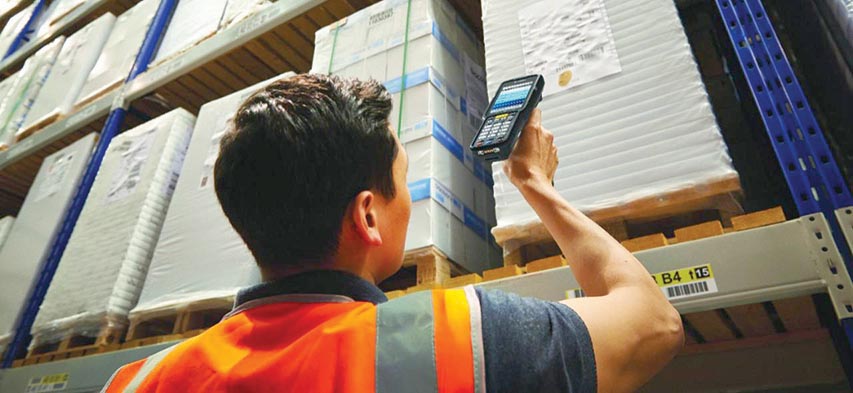
Solutions that are intuitive and familiar will improve onboarding and retention—both of which are critical in a tight labor market.
Boatner adds that the adoption of user-friendly consumer products, whether Android or Apple’s iOS, has helped streamline customers’ OS strategies. He describes an OS-agnostic terminal platform that can help unify, for example, the Android devices companies use in their warehouses with the iOS devices they use in the field.
Sleds can leverage the latest processing speed, security, cameras and screen resolutions of consumer devices to improve the worker experience. But, importantly, they don’t need to tinker with the foundational software that drives processes. For example, Boatner says the market leaders for terminal emulation are adopting a strategy of enabling the automatic conversion from the green screen to a more modern, app-based, touchscreen interface.
“Customers are risk-averse, and as unsexy an interface as the green screen is, warehouse workers can trust it, and it’s reliable,” Boatner says. “That’s because of the way it integrates into the ‘back end.’ But that doesn’t change when the interface changes. You get the best of both worlds: a robust back-end connection and all the benefits of an easier-to-use interface.”
Intuitive interfaces that dramatically speed up onboarding have a lot of value, especially given the current labor shortages, Wheeler says. In addition to learning quickly, new Android-based tools help workers get the job done even faster. Wheeler describes a utility that can use either a scanner or camera to capture multiple bar codes at once—up to 100 at a time. A pallet at receiving with 50 unique cases might now require one trigger pull instead of a cramp-inducing 50.
Wheeler highlights another solution that uses optical character recognition, 3D capture and scanning technology to support the physical process of loading a trailer. Together, the captured data give systems unprecedented insight.
In the past, the only interface between the physical world and the enterprise resource planning (ERP) or warehouse management system (WMS) of record has been through someone keying in data, scanning it, or maybe a materials handling system that scans, Wheeler explains. “We’re now moving toward technologies that sense the physical world directly and use analytics to make useful information out of data. It’s a real fundamental change,” he says.
They say you can’t manage what you don’t measure, but that doesn’t stop people from trying. For example, without the smart trailer scanning system described above, the management team’s information about outbound transportation use is probably anecdotal and intuitive, Wheeler, says, instead of being based on hard data.
“As a result, managers might invest in different size trailers, or specialized decking to double stack, or entertain any number of other solutions, but without hard data it’s kind of guesswork,” Wheeler says. “With better visibility into what’s actually happening, management teams can identify the right investments in the long term. In the short term, they can react in real time to issues without roaming the docks and just hoping to spot an issue.”
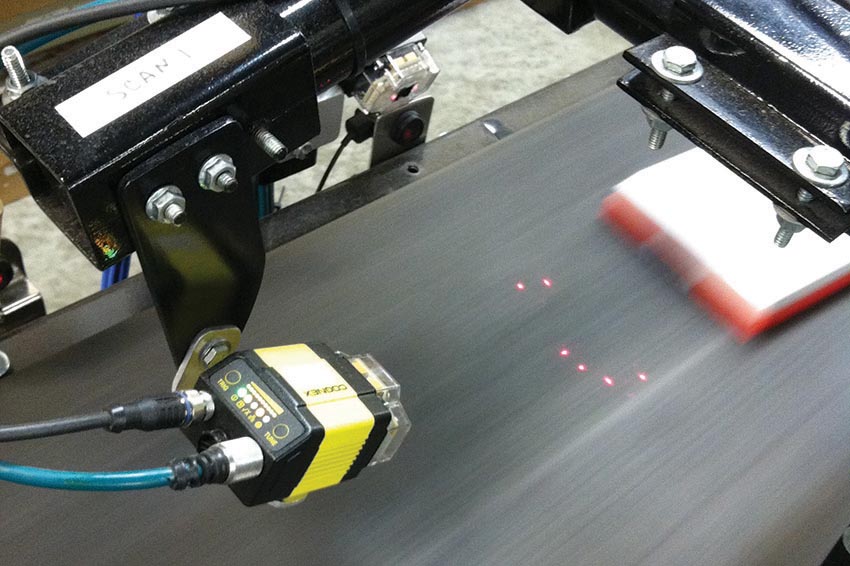
Laser-based or image-based, scanners are a system’s window to real-time operations and a door to Industry 4.0.
Scanning on the go
The growing popularity of wearables takes mobility and ease of use to the next level. Whether case picking, sortation or outbound load verification—anywhere along the chain where it’s critical to verify the right item in the right quantity and even the exact serial numbers—Wheeler says it’s important for the ergonomics to be optimal so the technology does not interfere with the work.
“Advances in the capability of handhelds and wearables are really key as we see the need to capture more data at more points in the supply chain, which has to be done productively,” Wheeler says.
Stubbs adds that wearables also increase the attractiveness of the work and retention of those performing it.
“If you’re not using the latest and greatest, not only will you be less profitable, you will have a hard time capturing and retaining employees,” Stubbs says. “The workforce is much more tech-savvy than ever before, and when they enter the workforce they want to be empowered.”
For older generations of people and technology, change management was more difficult. It was harder to learn and there was often pushback. This generation expects it, Stubbs says.
“If you are operating in a way that does not provide that kind of work satisfaction it can erode morale,” says Stubbs, noting a WERC study that found 43% of DC executives have trouble with turnover, and the biggest reason was low morale. “A company that embraces these technologies can reward employees for going above and beyond. The paper environment is very subjective, and not in real time. Technology makes the work more interesting.”
That said, a DC operation has four critical aspects: Facility, people, processes and technology. All four must work in concert, but Stubbs argues processes could be the most critical.
“All the ways we use technology to capture, interpret and pass data, and all the back-end systems, are not going to help drive better business and efficiencies if married to bad processes,” Stubbs says. “If you use the greatest technology without best practices on the floor, all you’re doing is creating an expensive bad process.”
View Electronics Products and Accessories
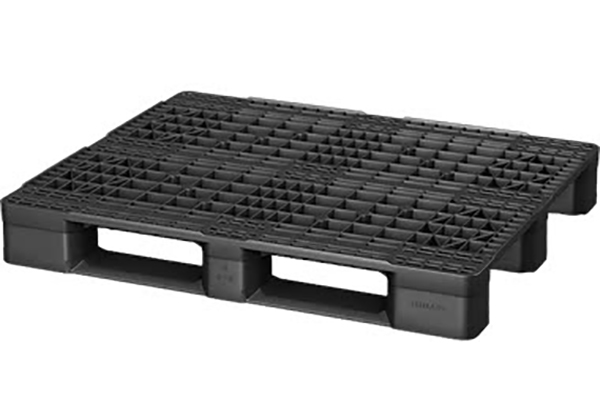 Plastic electronics pallet
Plastic electronics pallet
Plastic pallet safe for electronics.
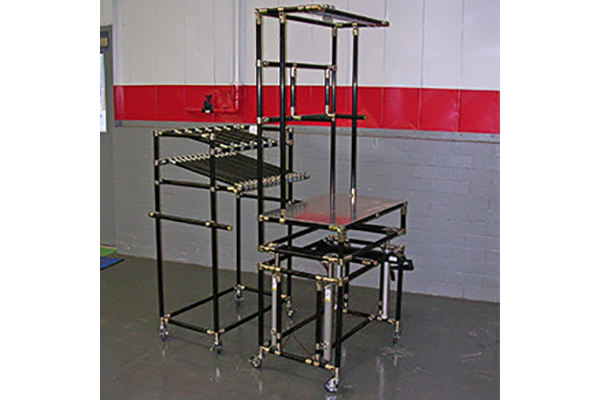 ESD Workstation/Flow Rack
ESD Workstation/Flow Rack
Workstation with ESD options.
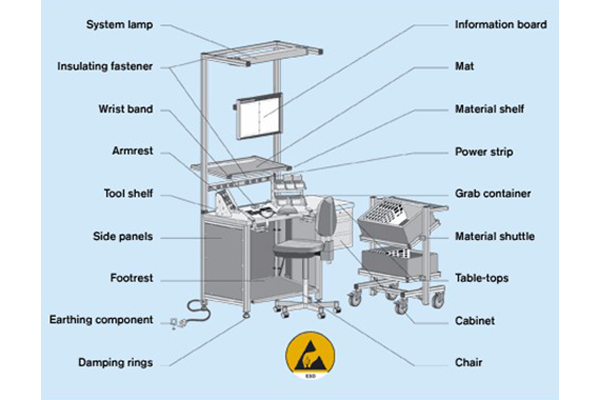 Electro Static Discharge Workstation
Electro Static Discharge Workstation
Protect components from static discharge.
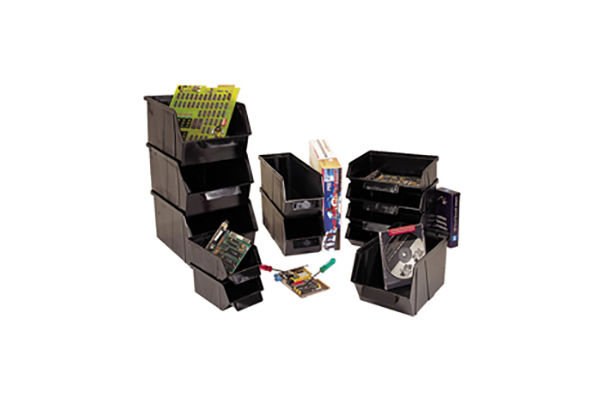 Conductive Bins
Conductive Bins
Storage bins protect electrical components.
 Opti-Brite LED headlamp
Opti-Brite LED headlamp
Headlamp sports EMI, ESD and surge protection.
 Advanced Elastomer wheels
Advanced Elastomer wheels
Eliminate electrostatic discharge wheels.

Article Topics
Mobile & Wireless News & Resources
ProGlove and topsystem partner on hands-free picking solution CaPow’s power-in-motion solution eliminates charging downtime International Retailer Optimizes Efficiency Through Asset Lockers Writing the book on streamlined data capture 60 Seconds with Diego Vega from the Hanken School of Economics The Rebound: 3D Transformation at GE Appliances Barcoding, Inc. joins Graham Partners More Mobile & WirelessLatest in Materials Handling
The (Not So) Secret Weapons: How Key Cabinets and Asset Management Lockers Are Changing Supply Chain Operations MODEX C-Suite Interview with Harold Vanasse: The perfect blend of automation and sustainability Consultant and industry leader John M. Hill passes on at age 86 Registration open for Pack Expo International 2024 Walmart chooses Swisslog AS/RS and software for third milk processing facility NetLogistik partners with Vuzix subsidiary Moviynt to offer mobility solutions for warehouses Materials Handling Robotics: The new world of heterogeneous robotic integration More Materials HandlingAbout the Author
Subscribe to Materials Handling Magazine

Find out what the world's most innovative companies are doing to improve productivity in their plants and distribution centers.
Start your FREE subscription today.
April 2024 Modern Materials Handling

Latest Resources


